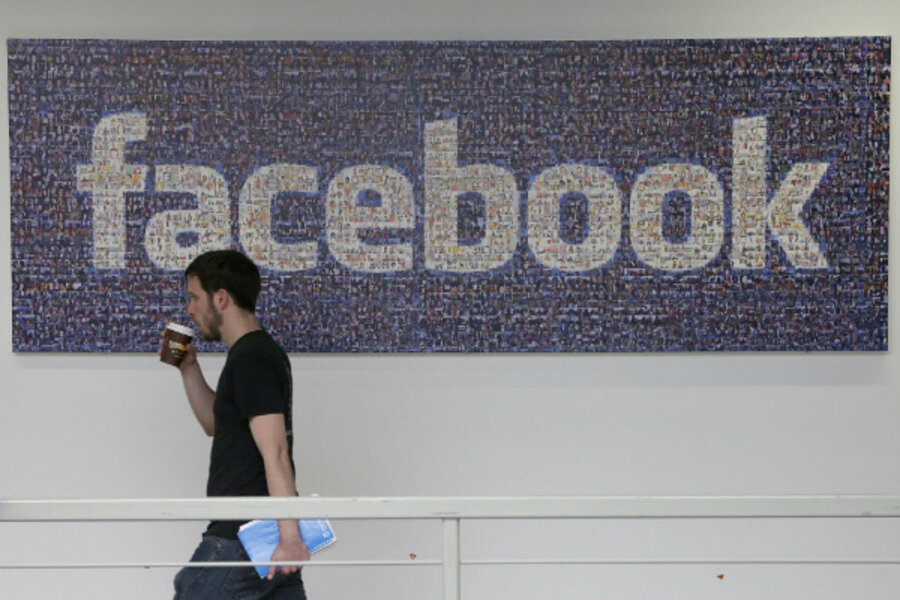NSA leaks: Is your selfie filed away in a massive government database?
Loading...
Two years ago, Facebook users wary of posting their pictures online were ridiculed for fearing that Big Brother might be watching.
But leaked documents indicating that the National Security Agency has been compiling a massive database of photographs gleaned from online communications for use in its facial recognition software suggest those “conspiracy theorists” had good reason to be concerned.
According to the documents, leaked by former NSA contractor Edward Snowden and reported Saturday by The New York Times, the NSA routinely scours social media, e-mail, video conferences, and other communications for photographs to add to the agency’s ever-growing image database.
“The agency intercepts ‘millions of images per day’ – including about 55,000 ‘facial recognition quality images,’ ” the Times reported.
NSA spokeswoman Vanee Vines defended the practices as a vital aspect in combating terrorism in a digital age.
“We would not be doing our job if we didn’t seek ways to continuously improve the precision of signals intelligence activities – aiming to counteract the efforts of valid foreign intelligence targets to disguise themselves or conceal plans to harm the United States and its allies,” Ms. Vines told the Times.
While Vines said that the NSA has not tapped into state drivers license databases, she declined to comment on whether the agency was harvesting photos of Americans via Facebook.
The documents suggest that the NSA has aggressively pursued facial recognition technology under the Obama administration, the Times reports. The documents also indicate that the agency has considered adding iris scans to its phone and e-mail surveillance programs. Officials declined to comment on whether the agency already employs such technology.
In the words of TechCrunch’s Natasha Lomas, “That ‘no comment’ speaks volumes.”
The report that the NSA is stockpiling images is just the latest in a series of accusations made by Mr. Snowden since 2013 that the NSA has been using the Internet to gather data en masse.
Nearly two-dozen tech companies and civil liberties groups launched a new campaign to “Reset the Net,” Wired reported last month.
““We use the Internet to be ourselves, but governments are building a prison around it. We have to stop them,” states a video on the resetthenet.org. “Together on June 5, one year after Snowden’s first NSA story, we all take one powerful step to turn off government spying and turn on freedom.”
The campaign calls on developers to install additional encryption protections and users to enable “NSA-resistant” privacy tools.








